Bob Lin Photography services
Real Estate Photography services
瓦豪(Wachau)是多瑙河河谷的一个分支,地处梅尔克(Melk)和克雷姆斯(Krems)之间,风景秀丽,是极具吸引力的观光胜地。这里完整地保存了该地区自史前时期演化至今仍然清晰可见的痕迹,包括建筑(修道院、城堡和遗址)、城市规划(城镇和乡村)以及主要用于葡萄种植的农业设施。
|
维也纳坐火车到梅克,可以先参观梅克修道院,然后坐船���览多瑙河的瓦豪河谷,在克雷姆斯上岸后还可以在镇上晃一会儿,最后再搭火车回维也纳。也可以自驾游。
梅尔克(Melk)小镇与梅尔克修道院Melk Abbey (German: Stift
Melk)游多瑙河起点
传统的奥地利多瑙河之旅是从
梅克位于瓦豪河谷的上游,是个具有典雅文艺复兴气息的小镇,也是大多数游客选择游览多瑙河的起点。梅尔克修道院成立于1089年。它的巴洛克建筑修建于1702年到1736年。
内有精美的壁画,图书馆藏有无数的中世纪手稿。由于其名望和学术价值,在1780年到1790年约瑟夫二世大量解散奥地利的修道院时,梅尔克修道院得以幸免,并且逃过了拿破仑战争的破坏。1938年德奥合并,学校和修道院的大部分被纳粹收归国有。
走在梅尔克小镇上随处抬头,便可望见盘踞在约四、五十公尺山丘上的梅克修道院。梅尔克修道院高居山顶,俯瞰多瑙河。修道院外为黄白相间的颜色,有一种调和过的逸静之美。修道院堪称巴洛克式建筑的杰作,原建成于公元976年,但因曾遭受祝融之灾,由雅格布·普兰陶尔(Jakob
Prandtauer)在于公元1702年至1738年重建,属巴洛克式的建筑风格。到了公元1089年,当时的利奥波德二世(LeopoldⅡ)把城堡转赠给当地的基督教本笃修会(Benedictine)并改建为修道院,作为僧侣修行及传教之用。修道院内同时也是座博物馆,拥有11间宗教相关的文物展示室,除此之外,尚有大理石厅、教堂、图书馆、鹦鹉螺形的楼梯等多处值得细细观赏的景点。这些景点无论是上了金橘与淡黄色的装饰和彩绘,或是镶了赭红与灰绿色的雕梁画栋,在在都让旅客感动与惊叹。穿过主教庭院,游人可以登上装饰豪华的皇帝台阶,沿着长约200米的长廊前行。长廊两边挂着奥地利统治者的画像。接下来可以看到图书馆,图书馆顶上是保尔·特罗格(Paul
Troger)绘制的壁画,整个图书馆藏书9万余册。连接大理石厅及图书馆的是一露天阳台,是欣赏小镇风光的好地方。从修道院的平台上俯瞰多瑙河壮观之景,尽收眼底。在修道院的另一边有座宽敞的公园及花园展示馆,园内草坪修剪得十分平整,修道院的庄严气息彷佛被煦阳蒸溶,仅存一片宁静。 |
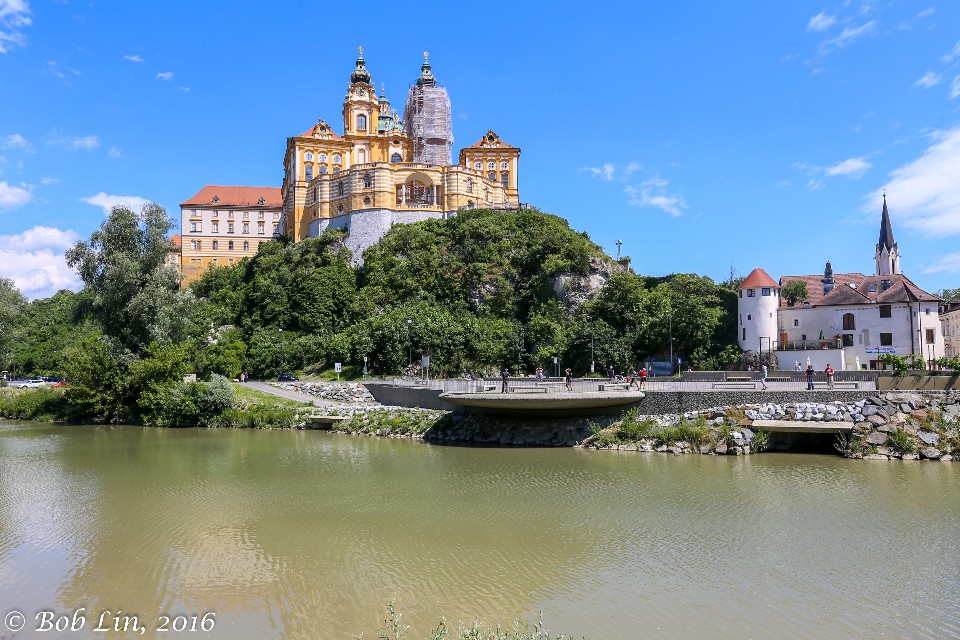 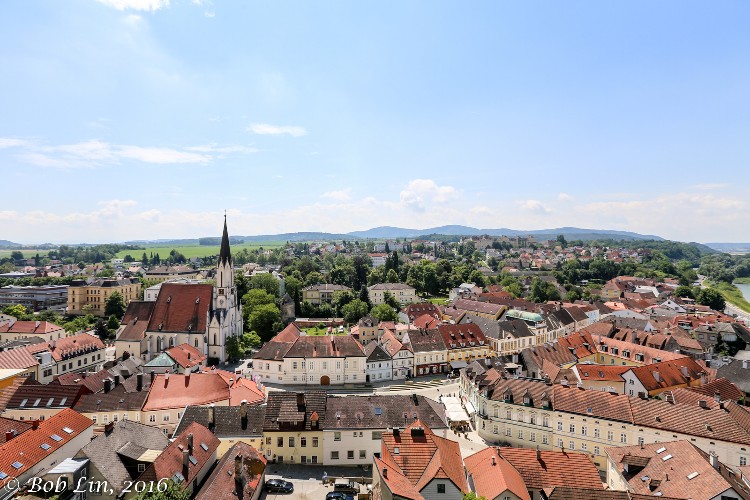 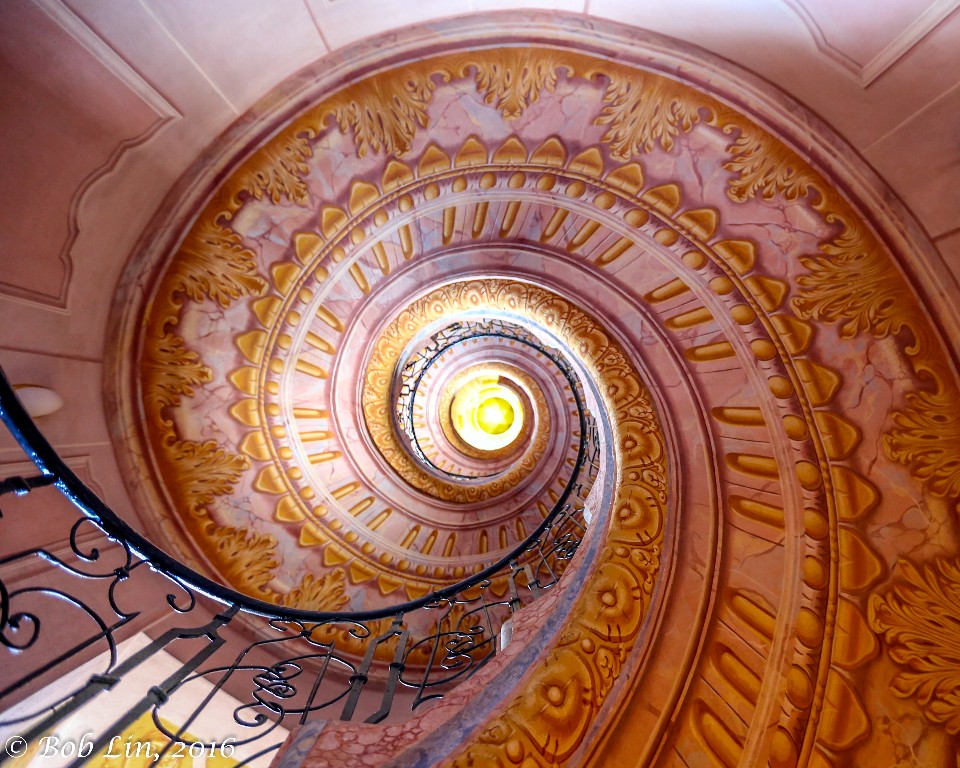 |
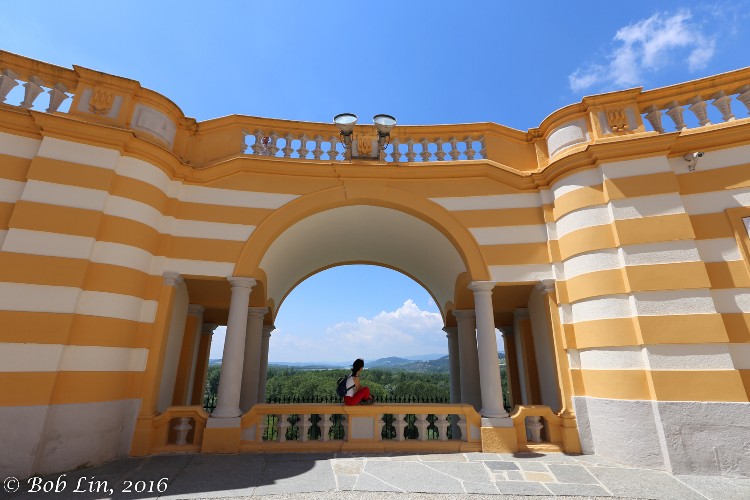 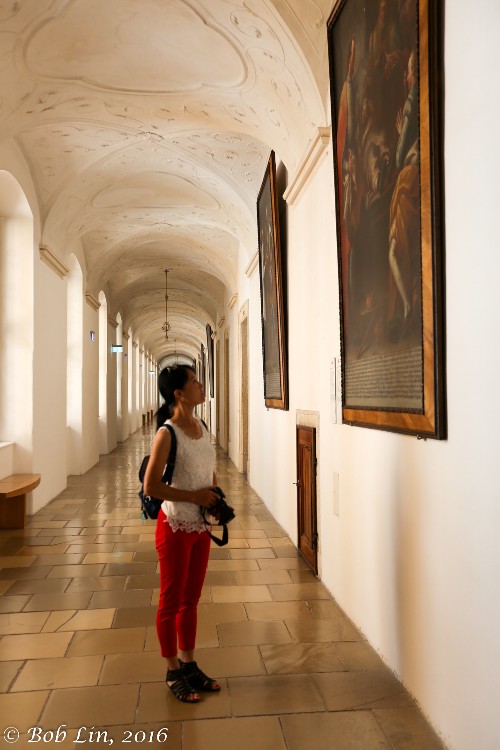 |
Melk Abbey (German: Stift Melk) is a
Benedictine abbey above the town of Melk, Lower Austria,
Austria, on a rocky outcrop overlooking the Danube river,
adjoining the Wachau valley. The abbey contains the tomb of
Saint Coloman of Stockerau and the remains of several members of
the House of Babenberg, Austria's first ruling dynasty. The abbey was founded in 1089 when Leopold II, Margrave of Austria gave one of his castles to Benedictine monks from Lambach Abbey. A monastic school, the Stiftsgymnasium Melk, was founded in the 12th century, and the monastic library soon became renowned for its extensive manuscript collection. The monastery's scriptorium was also a major site for the production of manuscripts. In the 15th century the abbey became the centre of the Melk Reform movement which reinvigorated the monastic life of Austria and Southern Germany. Today's Baroque abbey was built between
1702 and 1736 to designs by Jakob Prandtauer. Particularly
noteworthy are the abbey church with frescos by Johann Michael
Rottmayr and the library with countless medieval manuscripts,
including a famed collection of musical manuscripts and frescos
by Paul Troger. Due to its fame and academic stature, Melk
managed to escape dissolution under Emperor Joseph II when many
other Austrian abbeys were seized and dissolved between 1780 and
1790. The abbey managed to survive other threats to its
existence during the Napoleonic Wars, and also in the period
following the Anschluss in 1938, when the school and a large
part of the abbey were confiscated by the state. The school was returned to the abbey after
the Second World War and now caters for nearly 900 pupils of
both sexes. |
For consulting service, Contact Us
Bob Lin Photography services
Real Estate Photography services